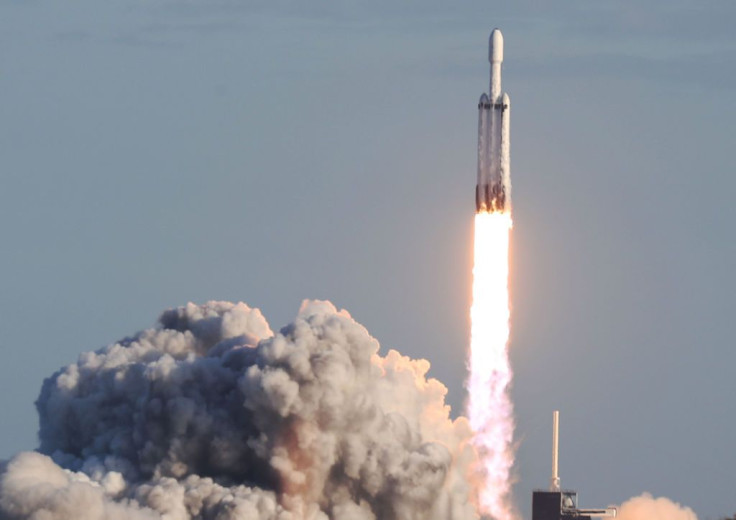SpaceX Catches Falcon Heavy Piece With Giant Net For The First Time

SpaceX recently made history after successfully catching the nose cone of the Falcon Heavy rocket using a big net attached to a boat. The impressive feat is part of the company’s goal of recycling spacecraft parts for future missions.
The company made the catch shortly after the successful launch of the Falcon Heavy for its STP-2 mission on June 25. The part that SpaceX caught was the rocket’s nose that’s designed to protect its payload during the initial climb.
After takeoff, the nose cone, also known as the fairing, normally breaks in two and falls in the water. Even if they remained intact after splashing down, the fairings can no longer be used since they have already been damaged by the salt water
Fortunately, the company’s recent attempt successfully prevented the fairing from hitting the water. SpaceX founder and CEO broke the news of the successful catch via Twitter.
Ms. Tree caught the Falcon fairing!!
— Elon Musk (@elonmusk) June 25, 2019
For quite some time now, Musk has been interested in catching the nose cone of his rockets after takeoff.
“Imagine you had $6 million in cash in a palette flying through the air, and it’s going to smash into the ocean,” Musk said in a statement according to The Verge. “Would you try to recover that? Yes. Yes, you would.”
After numerous attempts, Musk’s company was finally able to execute a successfully catch. It was able to do so using a large boat that the company purchased. Named as Ms. Tree, the boat was then equipped with four large beams that supported a gigantic net.
By equipping the fairing with small thrusters and parachutes to guide its descent, SpaceX was able to ensure that the nose would fall safely into the boat’s net.
Since the fairing didn’t fall in the water, it might still be operational. SpaceX plans to confirm this through further testing on the nose cone.
Following the successful catch, SpaceX will most likely carry out the same procedure for its future launches. If everything goes well, the company will able to recycle and reuse components of its rockets for its future missions. Doing so is certainly more cost-efficient for the company than building the components from scratch.
© Copyright IBTimes 2024. All rights reserved.





















